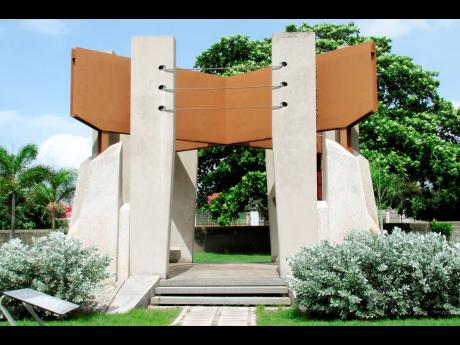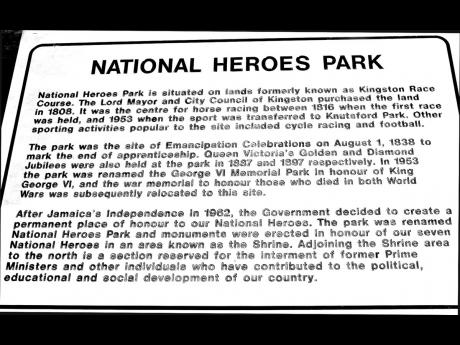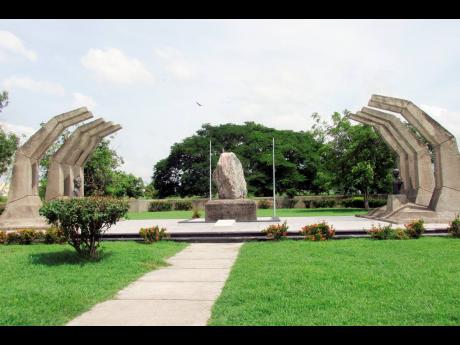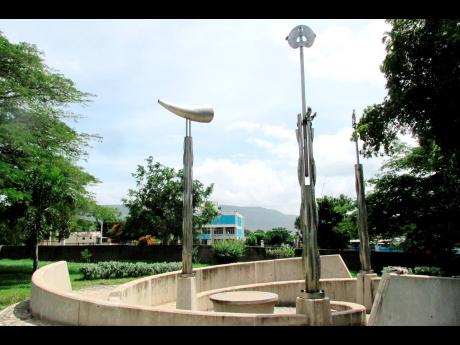Evolution of National Heroes Park
The National Heroes Park is considered to be one of Jamaica’s most historic sites. It is situated on lands formerly known as Kingston Race Course and is located at National Heroes Circle, close to Allman Town and in the vicinity of two major government ministries.
According to research, the Lord Mayor and City Council of Kingston purchased the land in 1808 for a bargain price of 985 pounds and 10 shillings. It was the centre for horse racing between 1816, when the first race was held, and 1953, when the spot was transferred to Knutsford Park. Other sporting activities such as cycle racing and football were held there.
The park was the site of Emancipation celebrations on August 1, 1838, to mark the end of apprenticeship. Queen Victoria’s golden and diamond jubilees were also held at the park in 1887 and 1897, respectively.
In 1953, the Kingston Race Course was renamed the George VI Memorial Park, in honour of the late King George VI, the father of Queen Elizabeth II. The grounds were prepared for the queen’s first visit to Jamaica.
RELOCATED
A War Memorial to honour those who died in the First World War was removed from its original location at Church Street and relocated here in the same year. Each year, on Remembrance Day, the first Sunday in November, veterans gather around the Cenotaph to honour the memory of those who died in World Wars I and II.
After Jamaica’s independence in 1962, the Government took a decision to create a permanent place of honour for our national heroes.
In June 1973, the park was renamed National Heroes Park and monuments were erected in honour of our national heroes in an area known as the Shrine. There is also a section reserved for prime ministers and outstanding patriots. Some notable Jamaicans buried in the park are reggae icon Dennis Brown, Jamaican poet, folklorist, writer, cultural icon and educator Louise Bennett-Coverley, track and field icon Herb McKenley, and ‘heroine’ of the 1938 workers struggle Aggie Bernard, among others. The park also has a monument in honour of the persons who perished in the Eventide Home fire in Kingston in 1980.
- Information compiled by Sheree Rhoden, librarian, The Gleaner Co (Media) Ltd.








